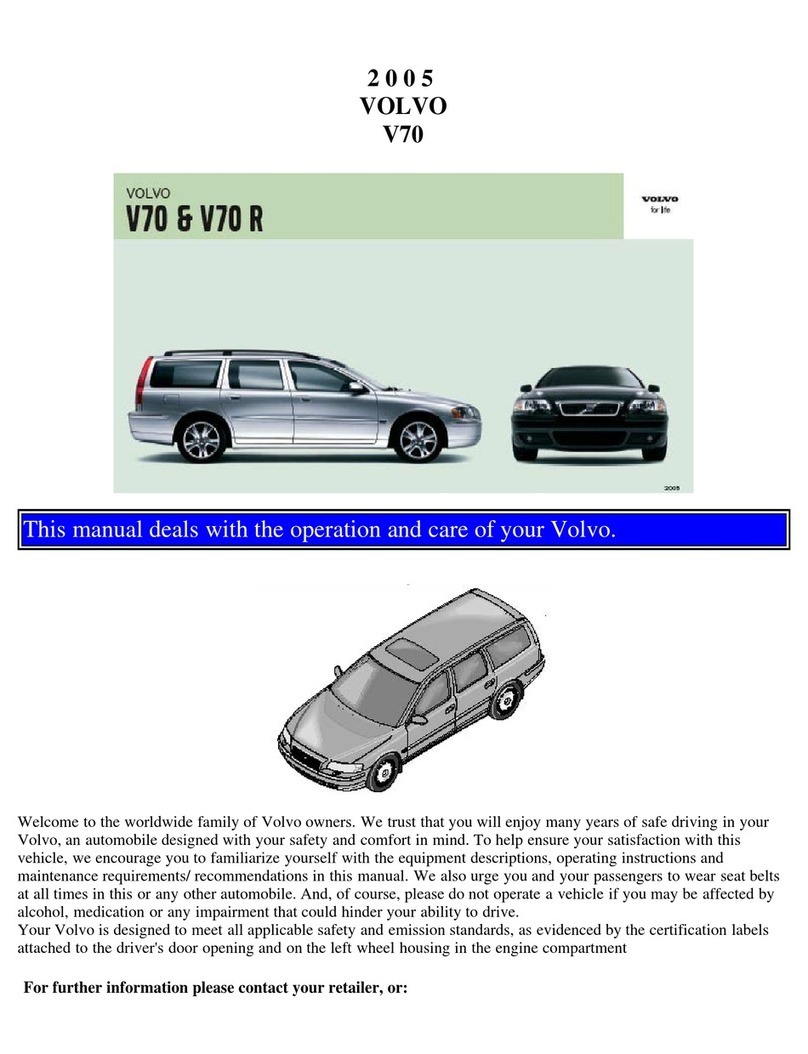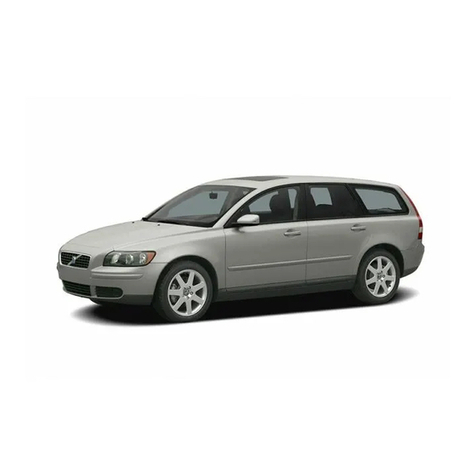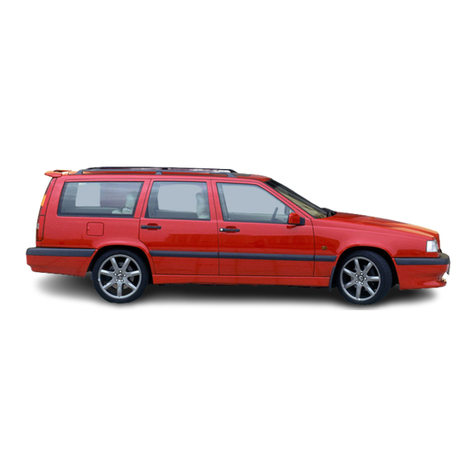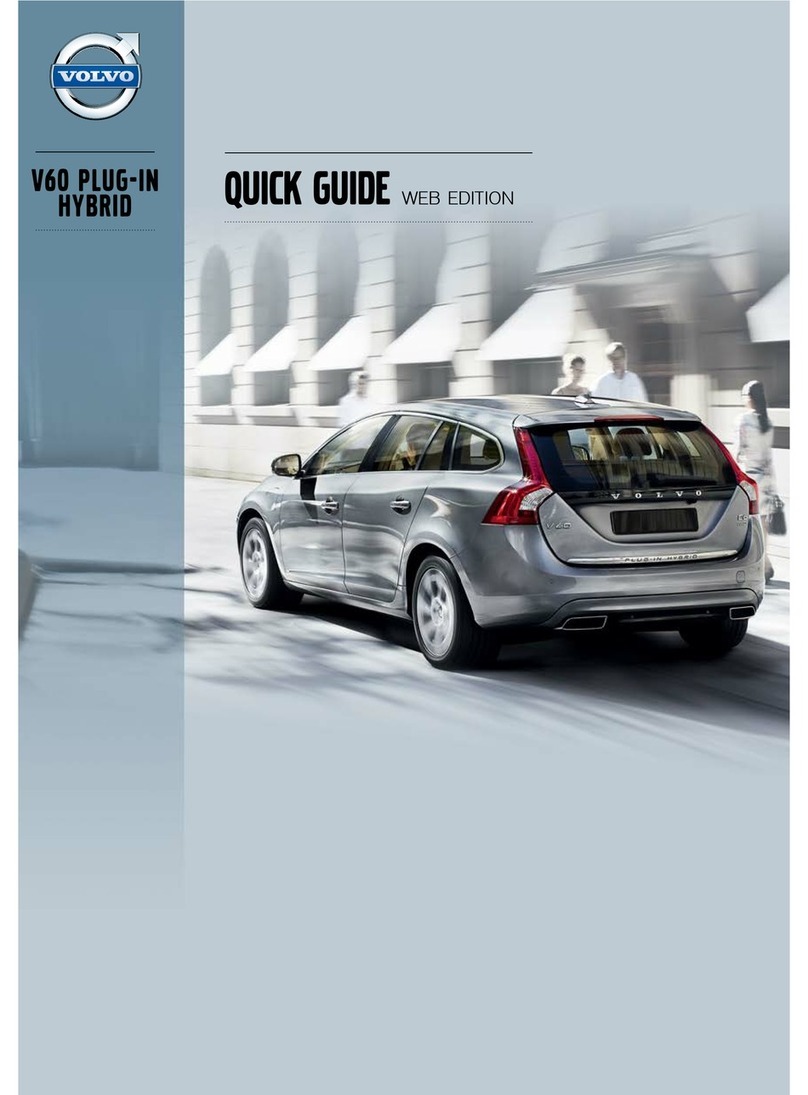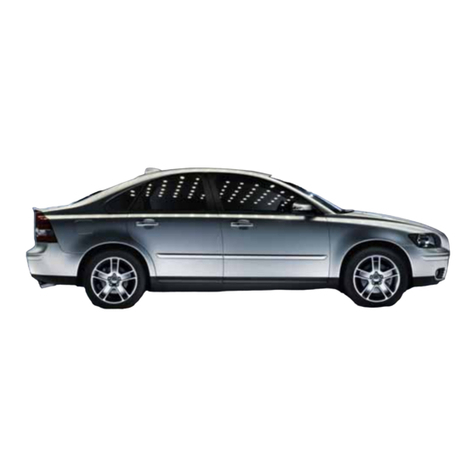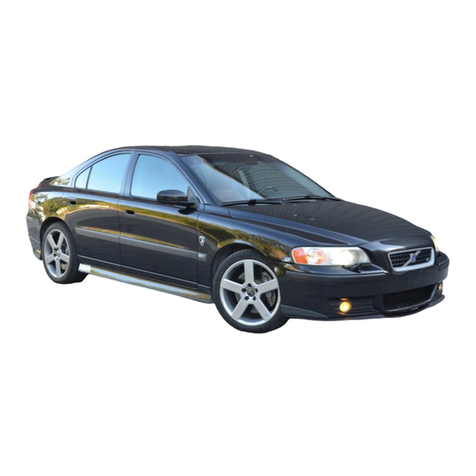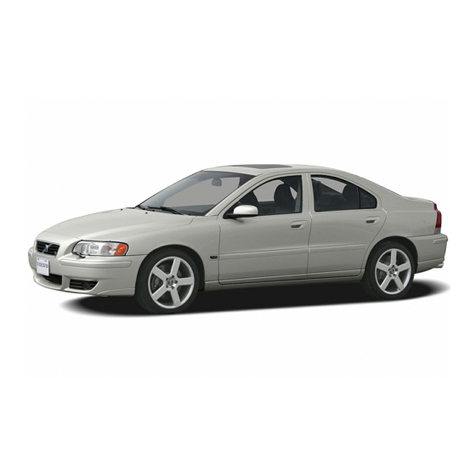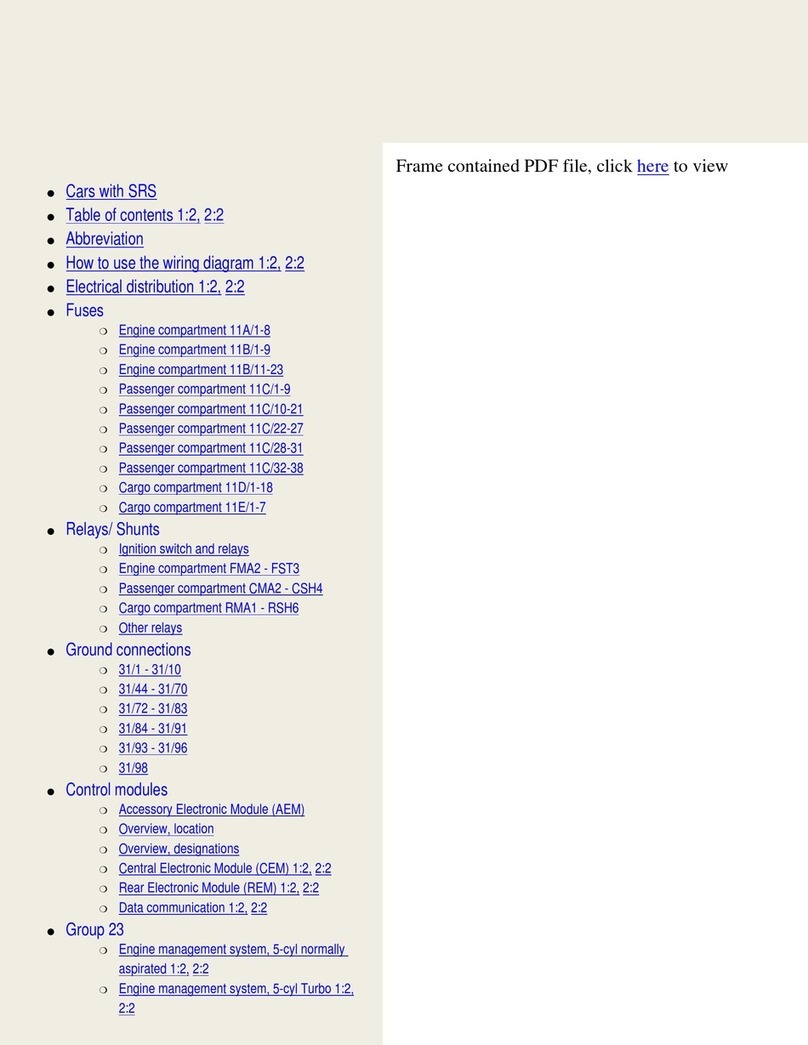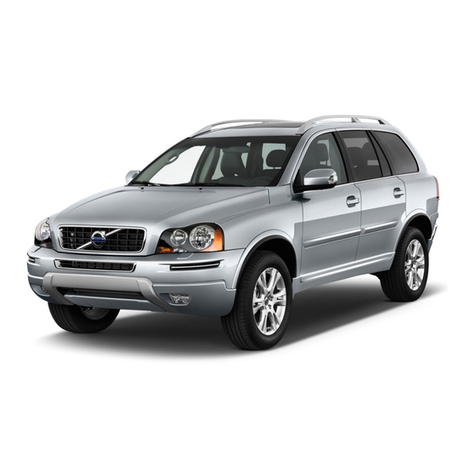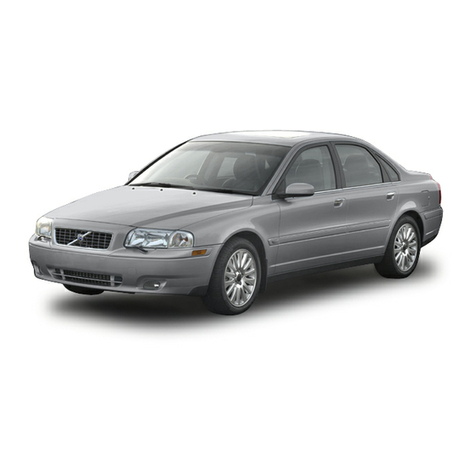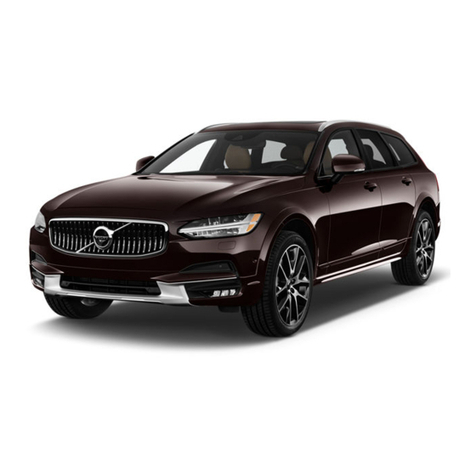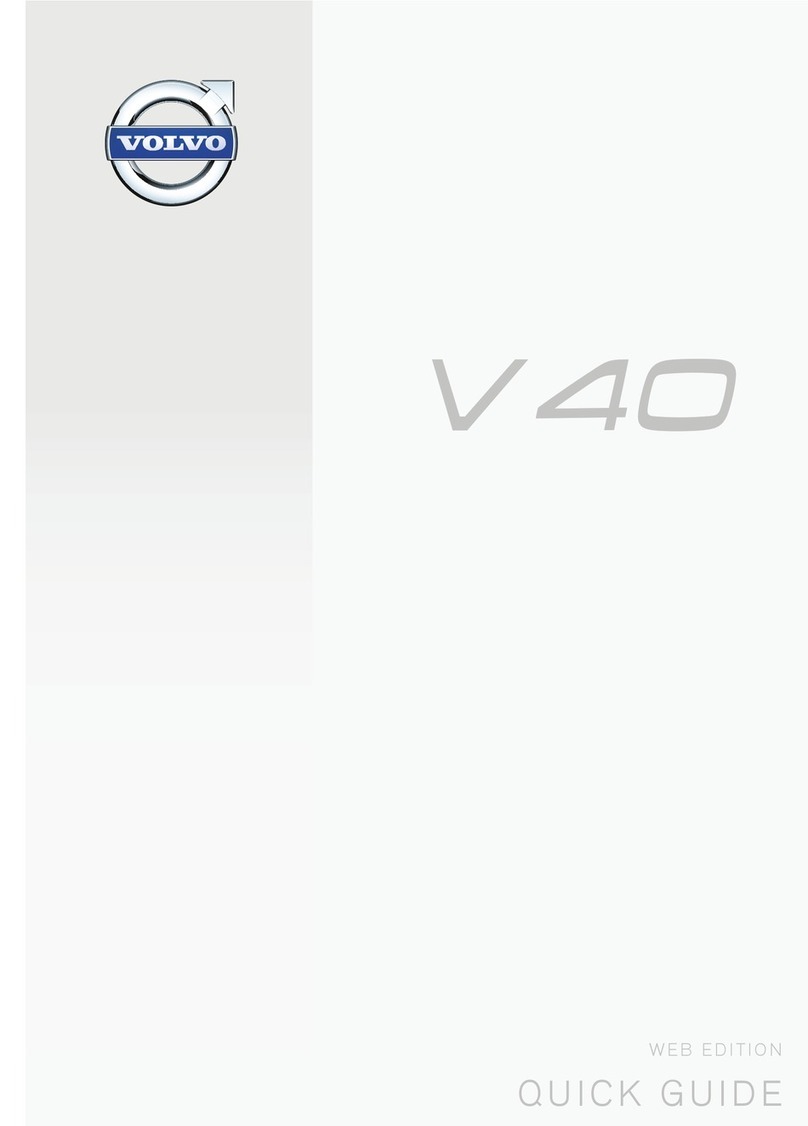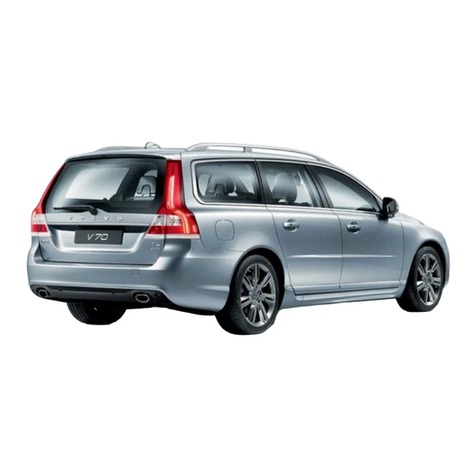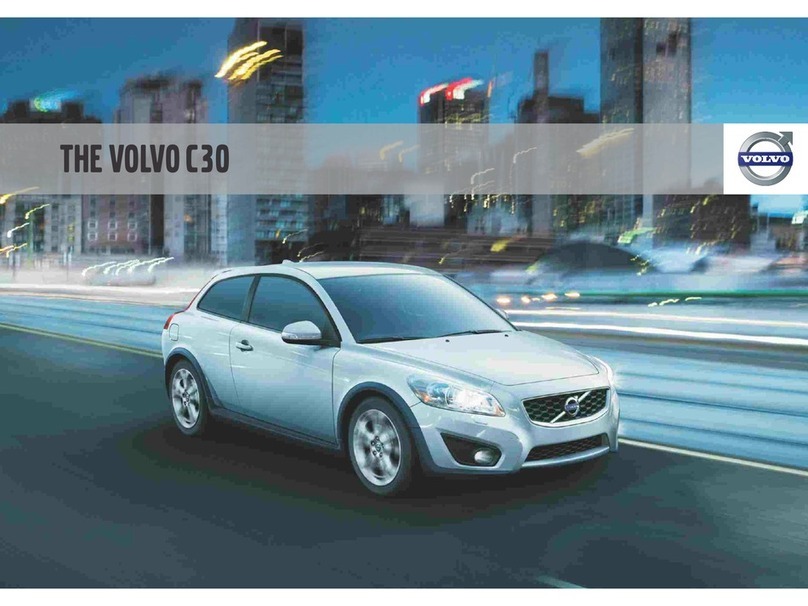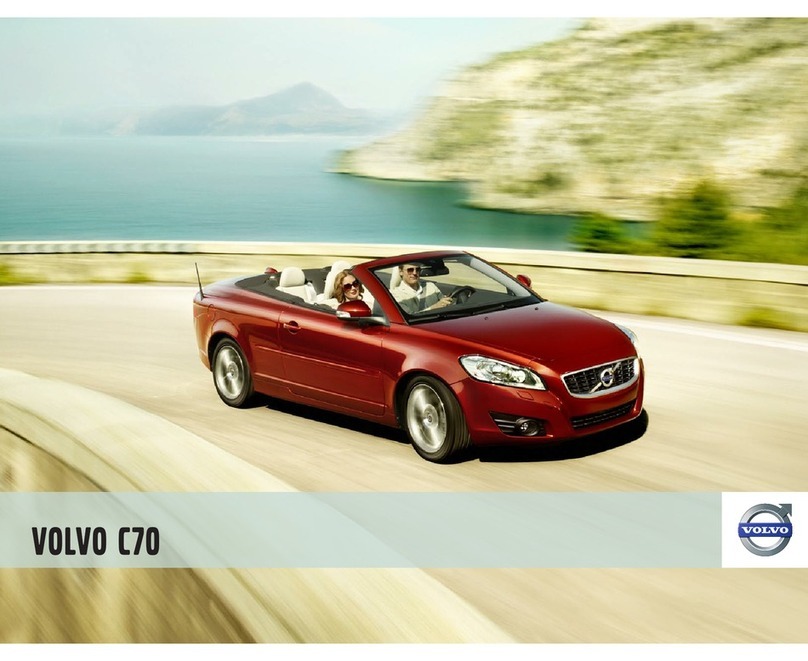
OPERATING
INSTRUCTIONS
A 8 C D E
J K
3 Instrument panel
A
8
C
D
E
F
G
H
I
J
K
L
M
N
O
8
Odometer
Speedometer
Turn
signal
light
Warning
light,
parking
brake
and
brake
circuit
failure
Mainbeam
warning
light
Warning
light,
parking
brake
and
brake
circuit
failure
Turn
signal
light
Warning
light,
oil pressure
Warning
light
, battery
charging
Trip
odometer
Trip
odometer
reset
knob
Revolution
counter
Coolant
temperature
gauge
Warning
light
,
overdrive
Fuel
gauge
L
F G H
M N o
A Odometer
11213141516
The
odometer
shows
the
total
distance
covered in miles.
After
999999
miles
it re-
turns
to
zero and
starts
to
go
round
again.
parking brake and •. •
D, F Warning lights for .
brake circuit failure : • • ..t
___
.....
80th
these
lights
give
a steady red
light
when
the
parking
brake
is
applied
and
the
ignition
is on.
They
also
function
as
warning
lights
should
a
failure
arise in
one
of
the
brake
circuits.
If
the
lights
go
on
during
driving,
the
ear
should
be driven
without
delay
to
a
work-
shop
for
a
check
on
the
brake
system.
Observe due care when driving under
such conditions.
) H Oil pressure warning light I
This
lights
red
when
the
engine
oil pres-
sure
is
too
low. When
the
ignition
is
switch
ed on,
the
light
should
go
on and
then
go
out
again
when
the
engine
starts.
Never
start
driving
until
the
light
goes
out.
If
the
light
goes
on
during
driving,
stop
the
engine
and
find
out
the
reason
for
this. In
most
cases
it
means
thaf
the
oil level is
too
low.
After
hard
driving
it
may
happen
that
the
warning
light
comes
on
when
the
engine
is
idling.
This
is
normal
providing
it goes out again when engine speed is
increased.


